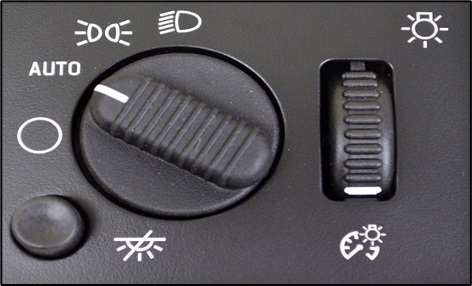
When car manufacturers started installing automatic daytime running lights, the idea was to make vehicles more visible to other road users.
The Daytime Running Lights (DRLs) would operate in the daylight and when it got dark a sensor would turn the full headlight system on.

The plan was that the automatic headlight system would look after drivers who were too lazy to notice that the sun had gone down. What could be wrong with that?
Two things:
The first is simply a matter of engineering. The sensor triggers the headlights to go on at a much lower light level than the eye registers as appropriate.
The second is the driver’s role in managing safety systems, the driver must turn the switch to the “automatic” setting.

Electronic LED-lit dashboards are always illuminated, reducing drivers’ thinking that their headlights and taillights are “on”. DRLs themselves are bright enough that drivers in well-lit urban areas probably don’t notice the need to turn the headlights on and have no idea that their taillights are not on.
The majority of drivers have driven for years without ever touching the light switch because they believed the lights were controlled automatically.
More and more vehicles are being driven in the dark and in low light conditions with only the forward DRLs and no taillights because of the mistaken belief in automatic headlights.
To remedy the problem car manufacturers are now creating automatic taillights on newer vehicles to come on along with daytime running lights.
When the car starts, the full lighting system comes on.
Hopefully now you can be seen at both ends of the vehicle.





